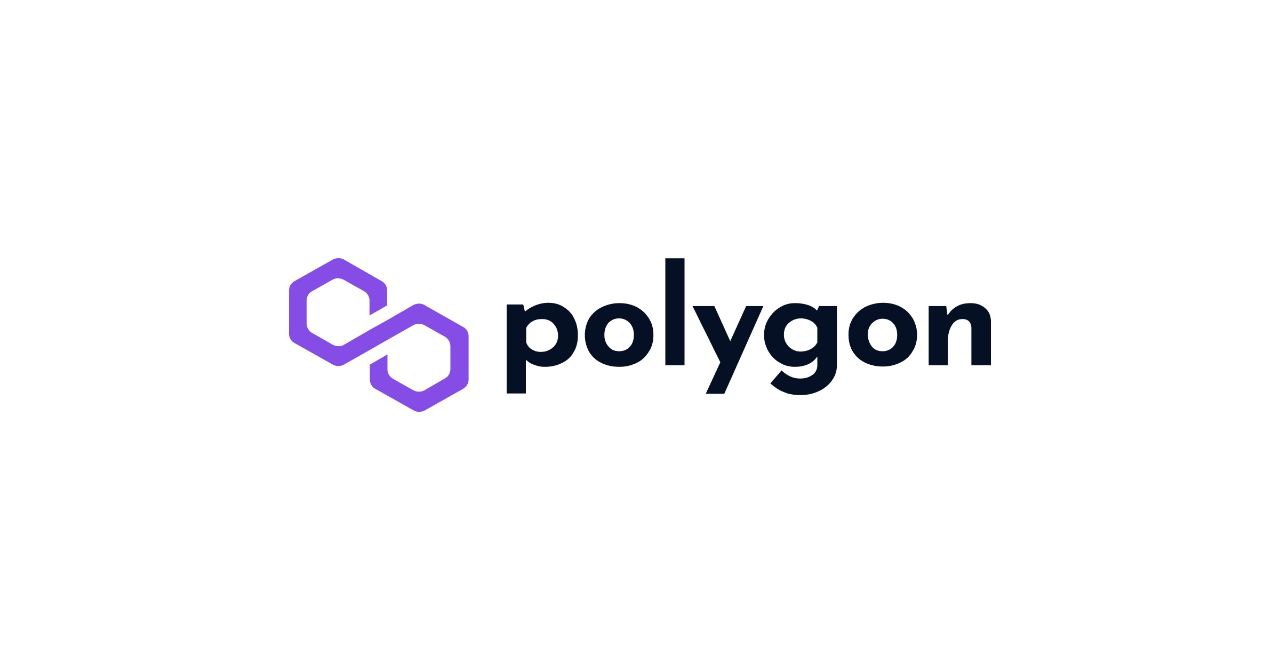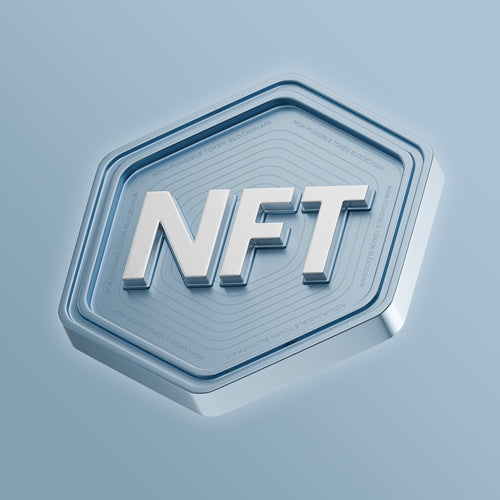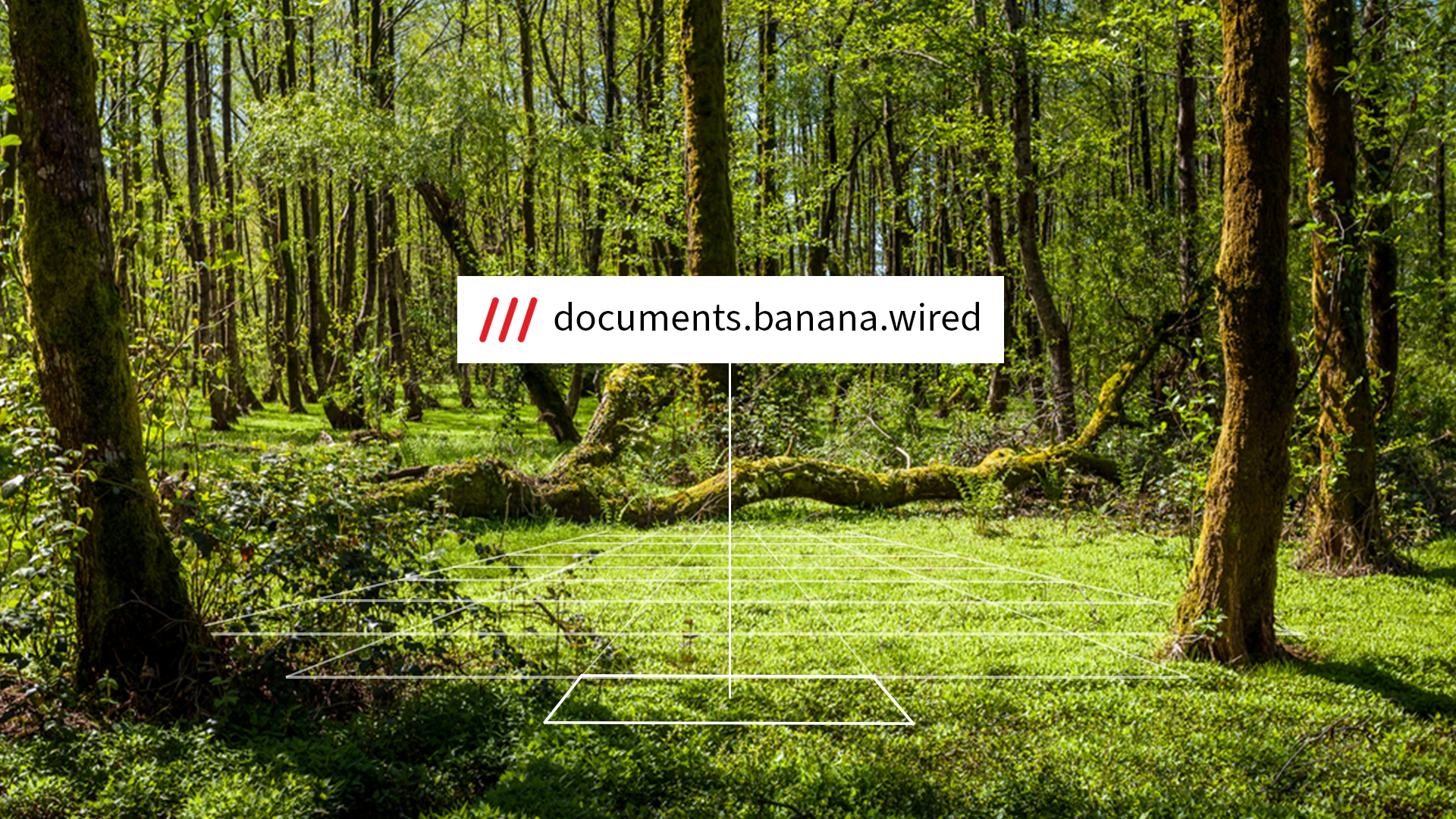
· By Douglas Wilson
Why Polygon?
Why Did We Choose The Polygon Blockchain?
When launching an NFT project, one of the most important decisions we had was choosing the right blockchain. Polygon, an Ethereum scaling solution, has become a popular choice for many NFT creators, and for good reasons.
Carbon-Negative Blockchain
Sustainability is a growing concern in the blockchain space, and Polygon is leading the way by becoming carbon-negative. With climate change being a pressing issue, many projects want to ensure they are environmentally conscious. By choosing Polygon, NFT projects can reassure their users that their transactions are not contributing to a large carbon footprint, making the platform appealing to eco-conscious creators and buyers alike.
Low Transaction Fees
Transaction fees (or gas fees) can be a significant burden on both creators and buyers in the NFT space. Polygon offers much lower fees compared to Ethereum, making it an affordable option for minting and trading NFTs. This means that creators can sell their art or collectibles at more accessible prices without worrying about high fees eating into their profits or deterring buyers.
Ease of Use
One of Polygon's strengths is its seamless integration with Ethereum, which means users and developers can easily move their assets between the two blockchains. This interoperability makes Polygon simple to adopt for both experienced blockchain developers and newcomers alike. With a familiar ecosystem, NFT projects can easily leverage Polygon's advantages without requiring a steep learning curve.
In conclusion, Polygon’s carbon-negative status, low transaction fees, and ease of use make it an ideal choice for NFT projects looking to provide a sustainable, cost-effective, and user-friendly platform for their community.



